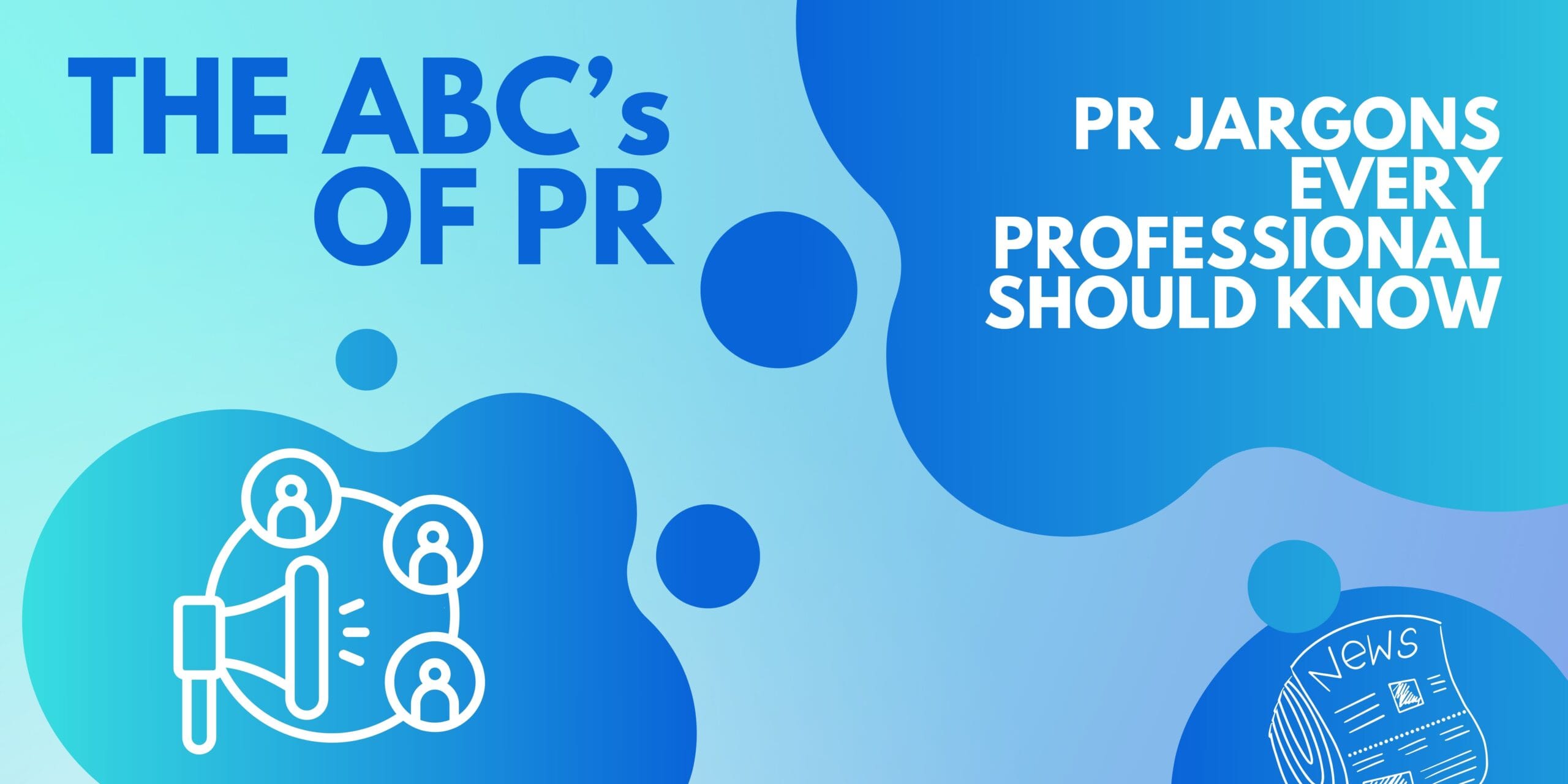Public Relations is a dynamic field filled with unique language and terminology. For newcomers, navigating PR jargons can feel like learning a new language. However, understanding these terms is crucial for effective communication in the industry. In this guide, we’ll break down essential PR jargon and industry terms that every professional should know. By mastering these words, you can enhance your PR skills and build stronger connections with colleagues and clients.
- The main PR jargon : Media Relations
At the heart of PR jargons lie media relations. This term refers to the relationship between a brand and the media. Building strong media relations is essential for securing coverage in newspapers, magazines, and online platforms. This process often involves pitching stories, sending press releases, and maintaining ongoing communication with journalists. Effective media relations can elevate your brand’s visibility and reputation.
- Press Release
A press release is a written statement that announces newsworthy events, product launches, or company updates. This document is a fundamental tool in PR, used to inform journalists and the public. A well-crafted press release includes key information, quotes, and a clear call to action. Remember, the goal is to make it easy for journalists to cover your story.
- Brand Awareness
Brand awareness refers to how familiar consumers are with a brand. It measures recognition and recall, which are vital for driving engagement. PR strategies often aim to enhance brand awareness through media coverage, influencer partnerships, and events. The more people know about your brand, the more likely they are to choose it over competitors.
- Crisis Communication
Crisis communication is the strategy used to address emergencies or negative events affecting a brand’s reputation. Therefore, this jargon is particularly important in times of trouble. A well-prepared crisis communication plan helps mitigate damage, maintain public trust, and guide messaging. Quick and transparent communication can turn a potential disaster into an opportunity for brand loyalty.
- Thought Leadership
Thought leadership positions individuals or organizations as experts in their field. By sharing insights, research, or innovative ideas, brands can establish credibility and influence. PR professionals often develop campaigns that highlight thought leadership through articles, speaking engagements, or webinars. This strategy not only enhances reputation but also fosters trust among stakeholders.
- Stakeholder Engagement
Stakeholder engagement refers to the process of communicating and interacting with individuals who have an interest in the brand, including customers, employees, investors, and the community. Effective stakeholder engagement builds relationships and fosters loyalty. PR professionals often create targeted campaigns to ensure that stakeholders feel valued and informed.
- Integrated Marketing Communications
Integrated Marketing Communications (IMC) is a strategic approach that combines various marketing channels to deliver a cohesive message. PR plays a crucial role in IMC by aligning messaging across media, social platforms, and promotional efforts. This alignment ensures that audiences receive consistent information, reinforcing brand identity and objectives.
- Event Promotion
Event promotion involves planning and executing events to generate interest and engagement. PR professionals often organize press conferences, product launches, or community events to create buzz. Effective event promotion includes media outreach, social media campaigns, and partnerships. The goal is to maximize attendance and media coverage.
Mastering PR jargons and industry terms is essential for success in the field. Understanding these key concepts will enable you to communicate effectively with colleagues, clients, and the media. As you navigate your PR career, keep this guide handy. You can also read about public relations myths that are debunked here!








